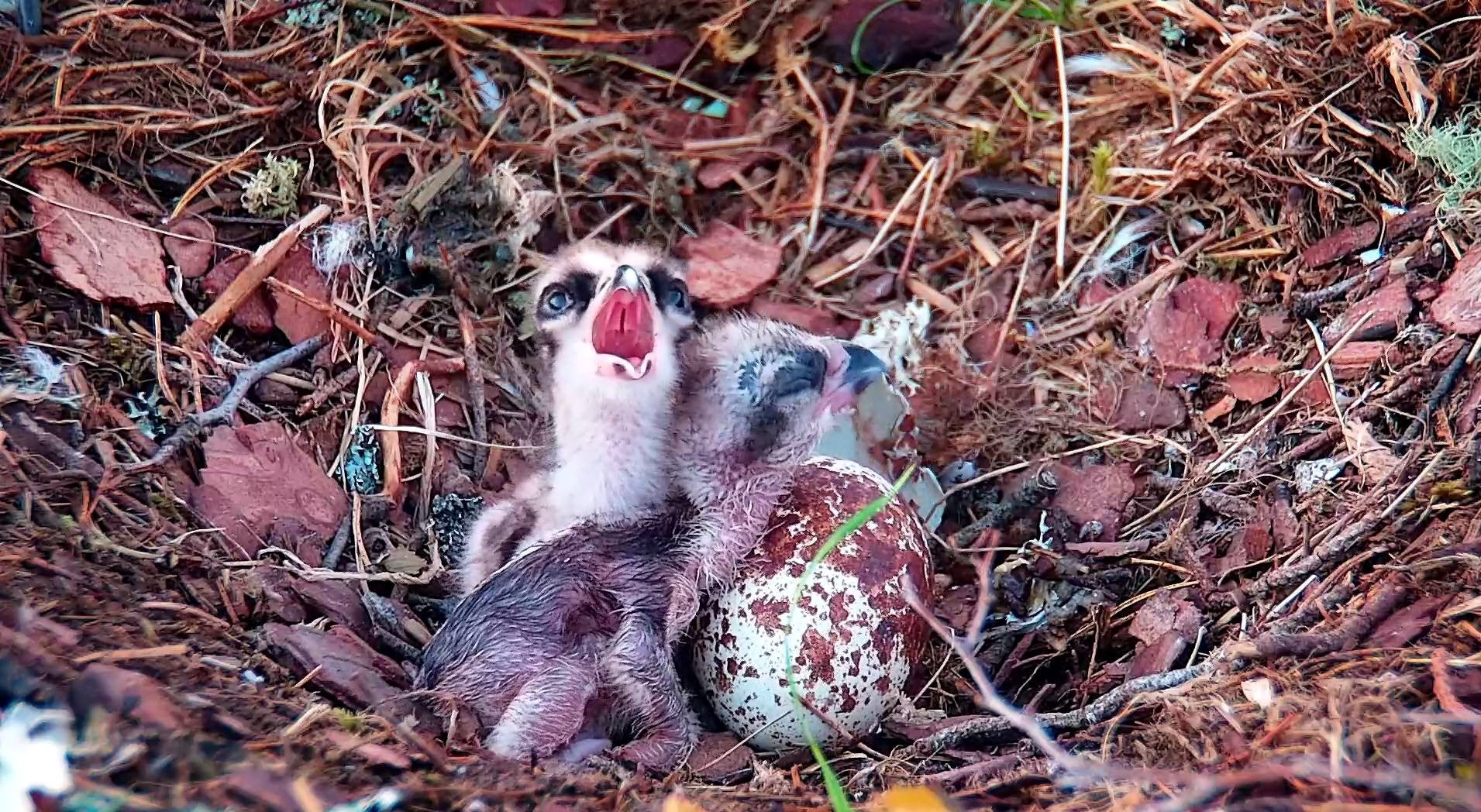Second osprey chick hatches at Scottish wildlife reserve
A second osprey chick has hatched at the Loch of the Lowes Wildlife Reserve in Perthshire, the Scottish Wildlife Trust has said.

Your support helps us to tell the story
From reproductive rights to climate change to Big Tech, The Independent is on the ground when the story is developing. Whether it's investigating the financials of Elon Musk's pro-Trump PAC or producing our latest documentary, 'The A Word', which shines a light on the American women fighting for reproductive rights, we know how important it is to parse out the facts from the messaging.
At such a critical moment in US history, we need reporters on the ground. Your donation allows us to keep sending journalists to speak to both sides of the story.
The Independent is trusted by Americans across the entire political spectrum. And unlike many other quality news outlets, we choose not to lock Americans out of our reporting and analysis with paywalls. We believe quality journalism should be available to everyone, paid for by those who can afford it.
Your support makes all the difference.A second osprey chick has hatched at a Scottish reserve, helping to secure the future of a species which was once extinct in Britain.
A crack was spotted on an egg at a nest in Loch of the Lowes Wildlife Reserve in Perthshire at 12.33pm on Friday and at 3.24am the next day the chick emerged.
The first osprey chick of the season hatched on Thursday.
Sara Rasmussen, Perthshire ranger at the Scottish Wildlife Trust said: “We’re thrilled that the second egg has hatched and we’re hoping to see a third chick by Monday. It will be fascinating to watch these young birds grow and develop.”
The chicks will grow rapidly and are dependent on regular deliveries of fish brought to the nest by male osprey LM12, and fed to them by female osprey NC0.
For much of the 20th century ospreys were extinct in Britain until numbers began to recover in the 1960s.
Around 300 pairs now breed in the UK each summer with most migrating to west Africa, although some spend their winter in Spain and Portugal.
Historically, ospreys were killed because they were seen as a threat to fish stocks used for food, and were considered vermin because they ate trout and salmon.
Alongside agriculture and pollution destroying nesting sites, the historic hobbies of specimen collecting, taxidermy and egg collection, greatly reduced breeding success.
After a slow start, there has been a steady increase in osprey breeding success in the UK, from two pairs in 1967, 150 pairs in 2000, and around double that today.